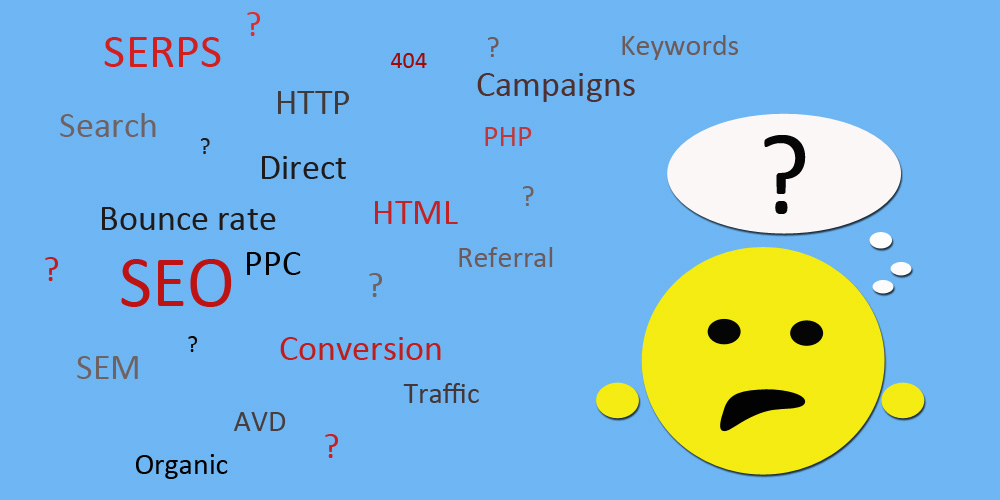Industry Specific Digital Marketing Acronyms
We all tend to speak in industry-specific jargon as a means of impressing clients or customers. Jargon is a specialized vocabulary that functions as a kind of shorthand by people with common backgrounds and experience. It can be valuable for those who understand it. However, jargon often leads to misunderstanding and confusion because clients or customers may be unfamiliar with the language. As digital marketing continues to advance, I am going to detangle some of the industry-specific acronyms and their meanings.
CRM: Every business has a list of existing and potential customers. Customer Relationship Management is an effective strategy that allows your business to manage and track the history of your customers, collaborate effectively, increase productivity, and grow your business. Salesforce and Marketo are just two examples of CRM software application tools for organizations.
CSS: Used in web design, Cascading Style Sheets is a “style sheet language” used to define HTML interface design elements such as typography and page layout (color, font size, line spacing, letter spacing, indents, margins, element positioning, text alignment, borders).
CTA: A Call to Action is a word or phrase that’s used to prompt the reader to take immediate action. Some examples include “Click Here”, “Subscribe Today”, or “Act Now.”
HTML: HyperText Markup Language is the language used to create webpages that can be viewed on the web.

PPC: The easiest way to make money from a blog or website is to run pay-per-click ads and banners. Pay-per-click, or PPC, is an internet advertising model used to direct traffic to websites where advertisers pay the publisher, which is typically the website owner, each time a user clicks on your ad.
Google’s AdWords is the most popular PPC program. Advertisers bid on keywords, and the highest bidders get top listings, next to the organic (non-paid) search results. They’re charged only when a visitor clicks their ad.
PV: Page Views are the total number of different pages on your site that visitors have opened during a specific period.
RSS: Real simple syndication, or RSS, allows users to subscribe to content and read at their own convenience, using an application called a feed reader. Every time new content is developed or updated, the user will get a notification. Feedly, NewzCrawler, and Feed Demon are among the most popular feed readers.
SEO: You’ve spent lots of time building and optimizing your website, but what if you launch your site and nobody visits? And if you do get visitors, how do you know if you’re giving them the information they came for? Search engine optimization, or SEO, are methods used to gain visibility on a search engine’s list of search results with the end goal to gain more relevant site traffic. The most commonly used search engines are Google, Yahoo, and Bing. These methods include optimizing and creating keywords, URL structures, page titles, content, meta titles and descriptions, page load times, inbound links, internal links, and more.
SEM: SEM stands for Search Engine Marketing. SEO and SEM are not interchangeable terms but, when practiced together, they can help can boost your website’s rankings on search engines. SEO is the practice of boosting your rankings through organic methods such as publishing effective content and using good keywords, links, and easy navigation for users. SEM typically refers to pay-per-click advertising that would appear on sites like Google, Yahoo, or Bing. It’s the ads that appear on the top and side of those pages and include search engine optimization (SEO) to have their business show up naturally or organically within the results page.
URL: Uniform Resource Locator, or URL, is the web or specific address of information found on the Internet.
The digital marketing industry is rife with acronyms, so this list is not exhaustive and only includes some of the more commonly used terms.

url.ff69pro.net
I think that is one of the most important info for me. And i’m satisfied studying your article.
But wanna commentary on few basic issues, The site style is ideal, the articles is actually excellent : D.
Excellent job, cheers
Renee DeVaughn
Thank you very much for your comments. I am glad that you found it helpful.
Renee